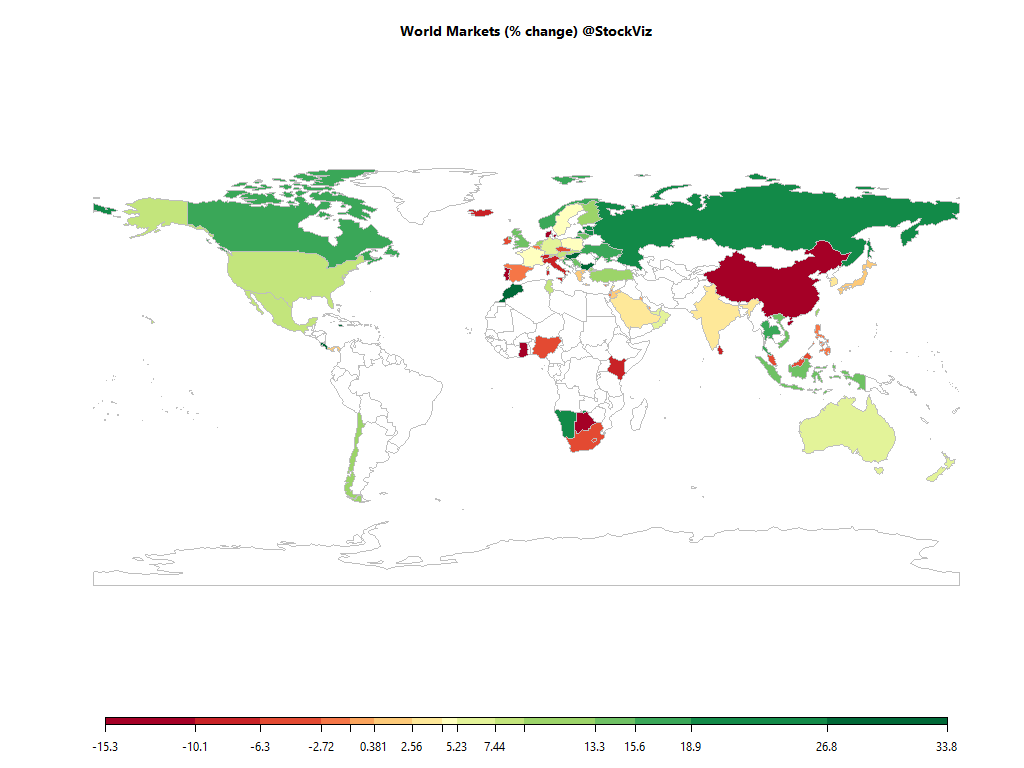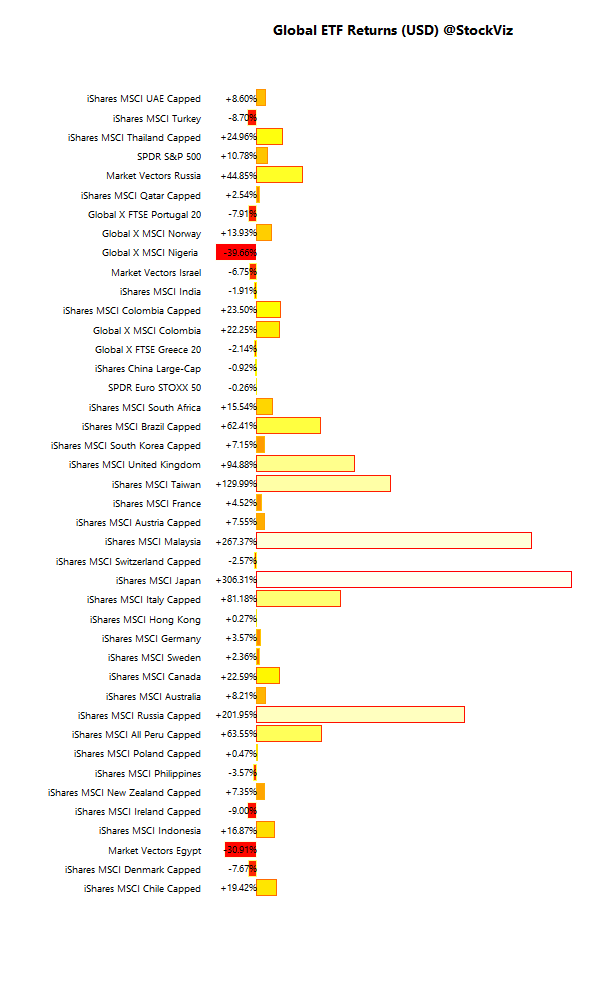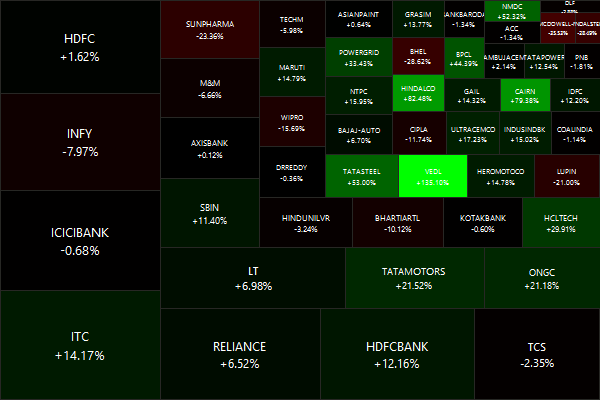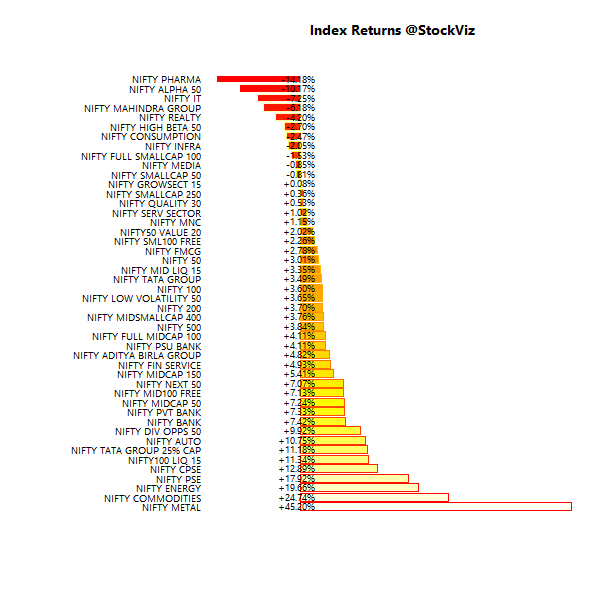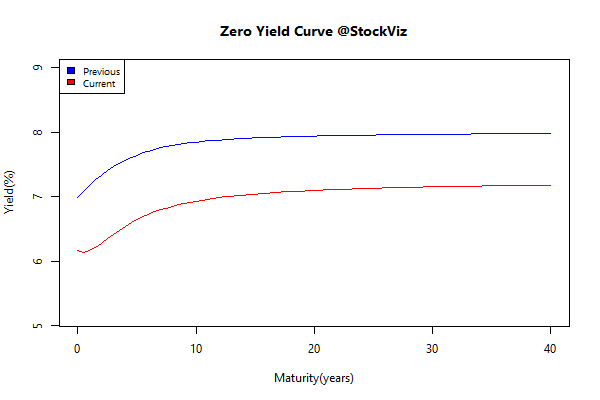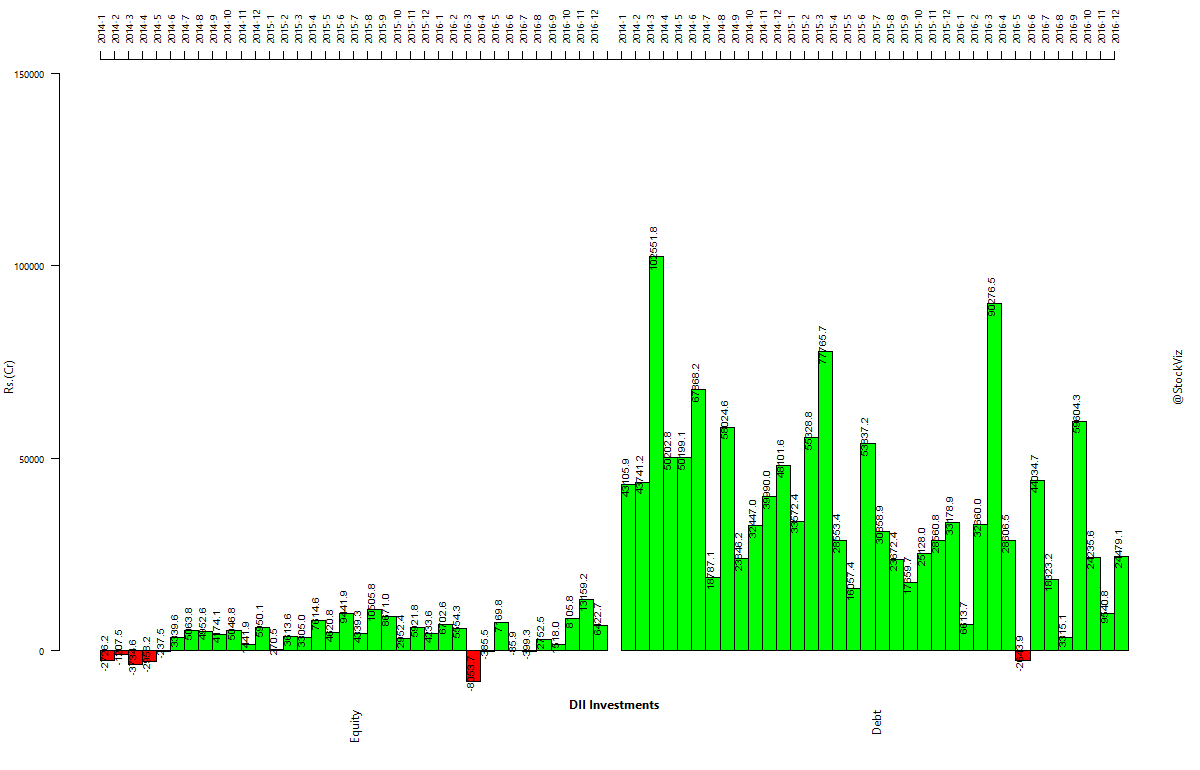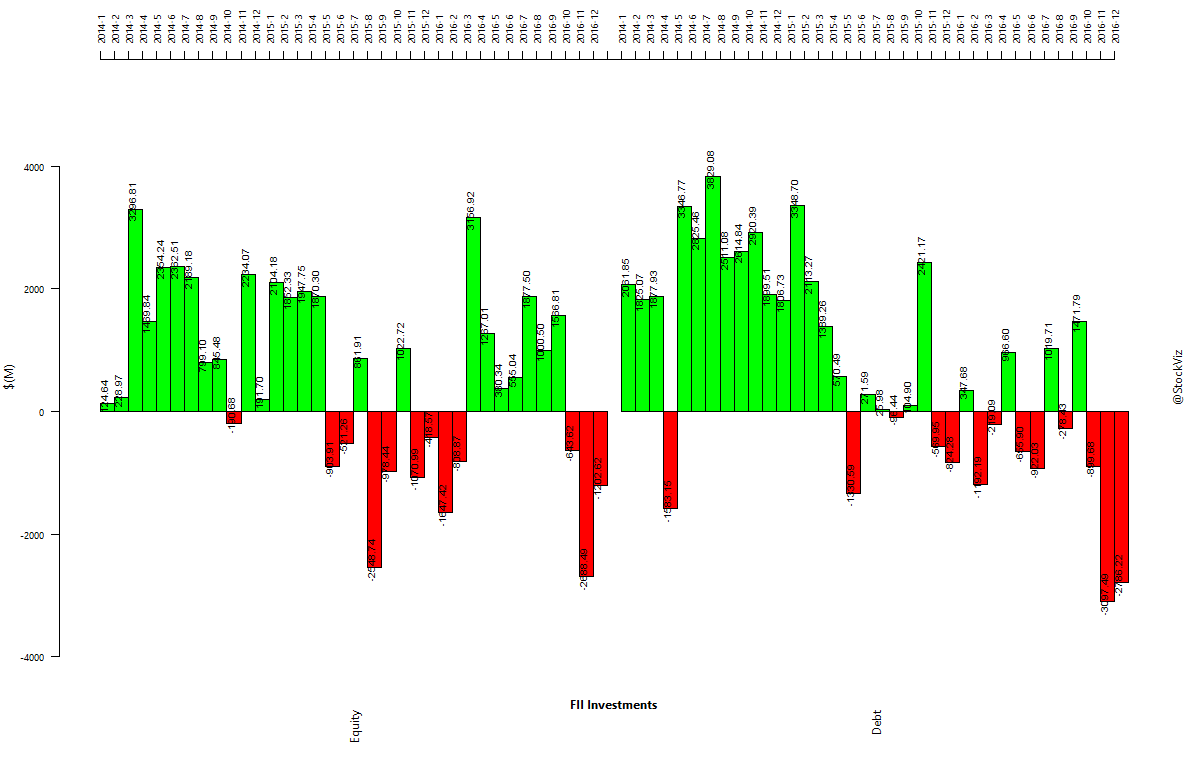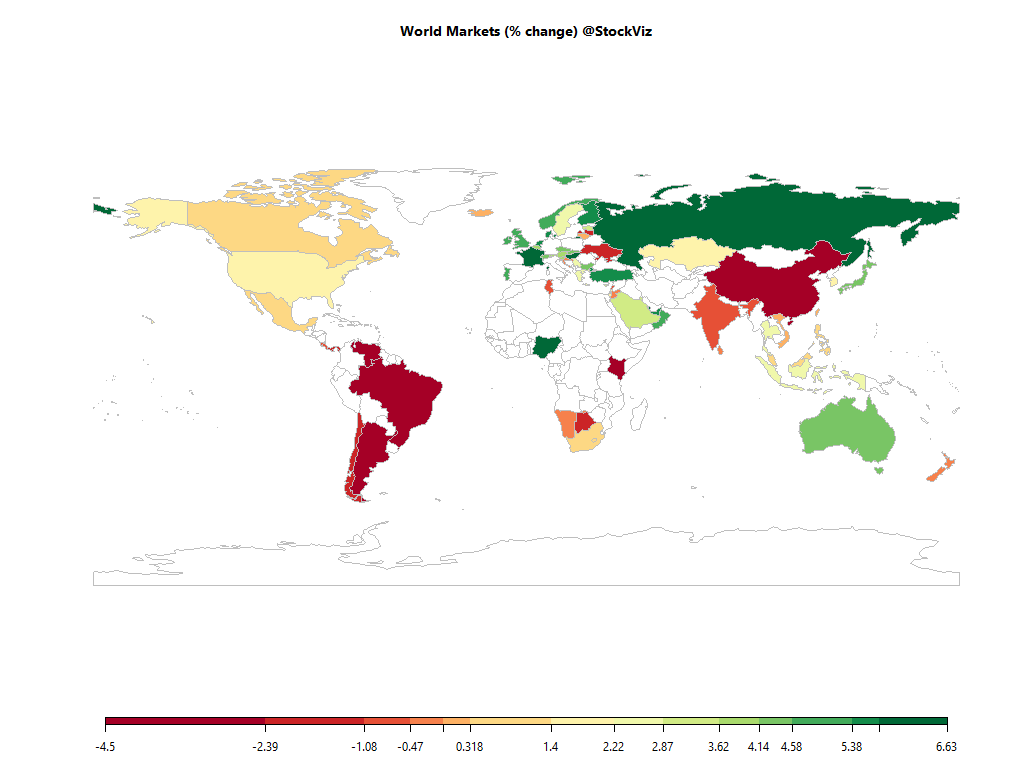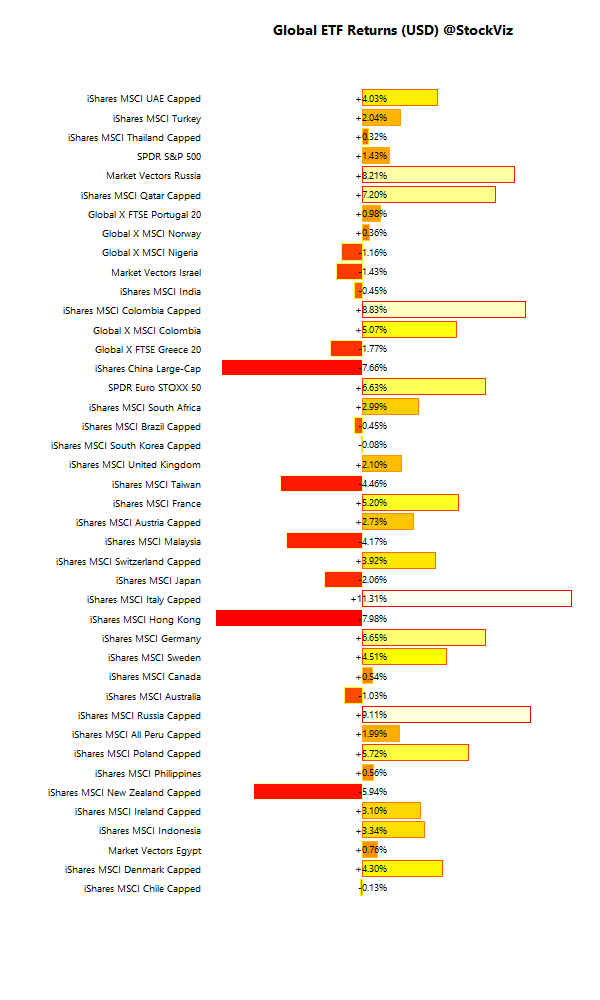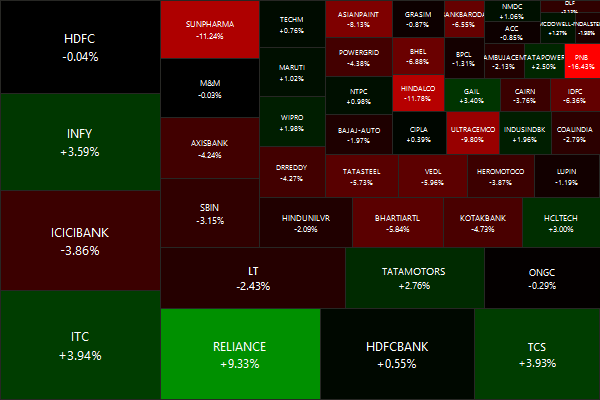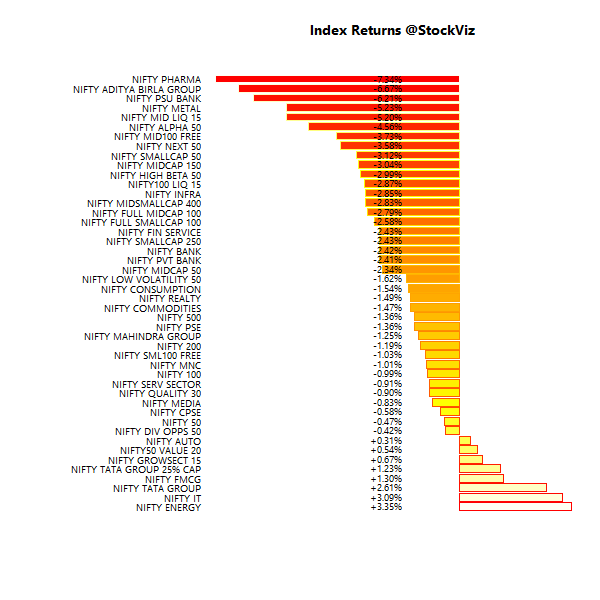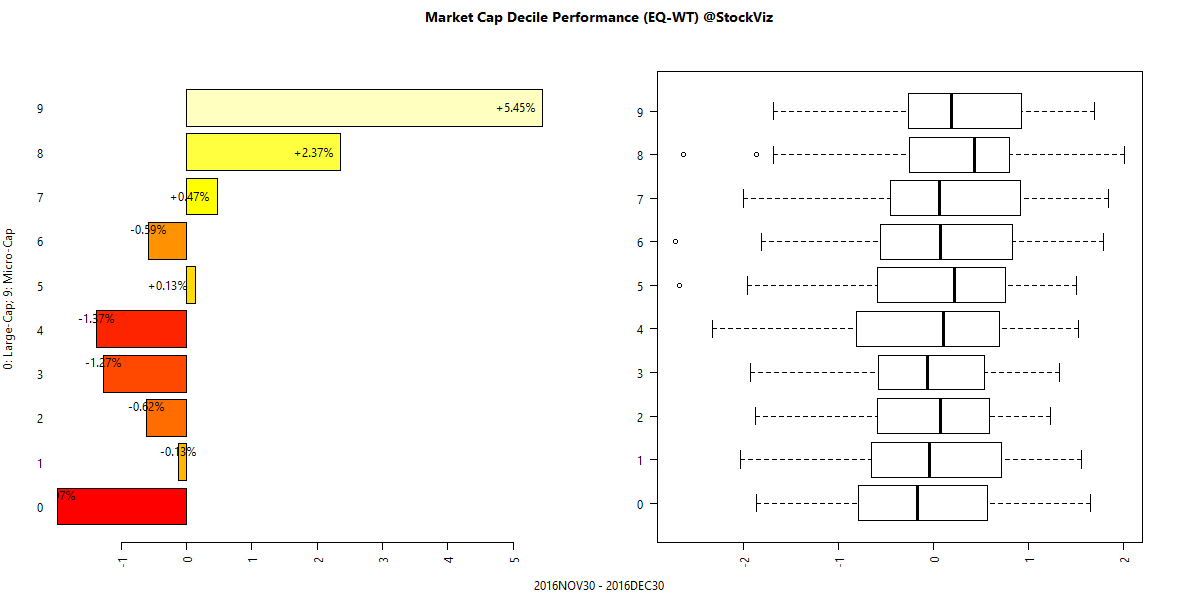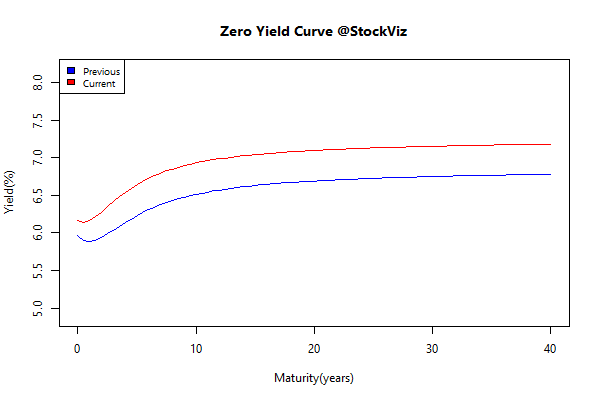The Outsiders: Eight Unconventional CEOs and Their Radically Rational Blueprint for Success (Amazon,) tells the story of quantitative CEOs and the effect they hand on their companies and their industries. (Excerpts)
Thoughts
I have always maintained that the only thing that matters is Return on Capital (ROC.) However, most people are focused on ‘busy work’ and playing ‘boss’ that they focus overly on growth, at the expense of returns. It is oftentimes better to be small and enjoy a high level of return on capital than grow and forgo margins.
The book is careful in portraying the CEO’s as ruthless psychopaths but in the words of Stiritz, “Leadership is analysis.” Indeed.
